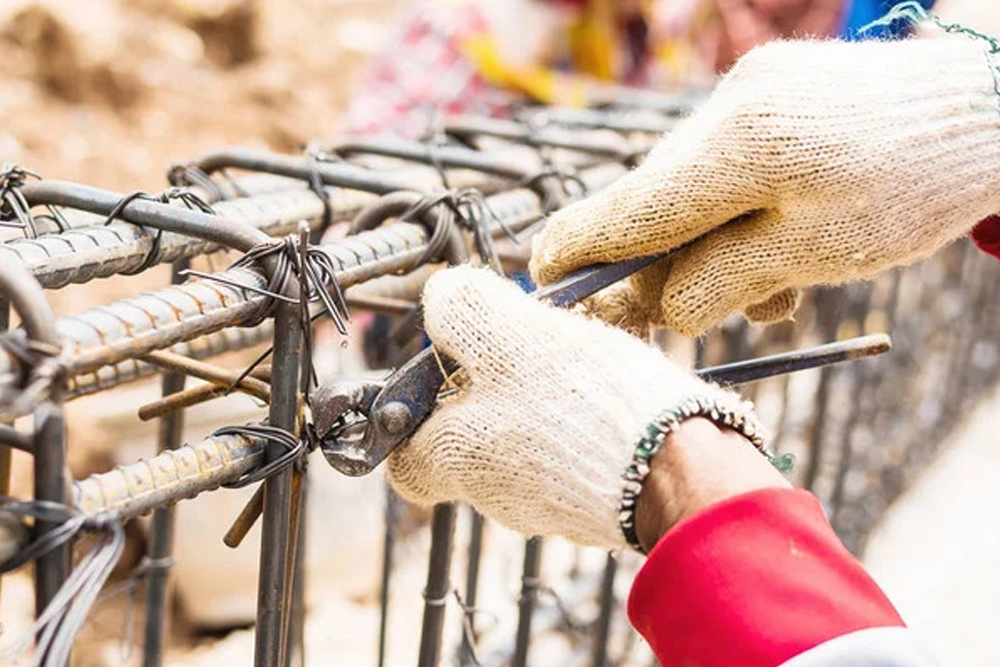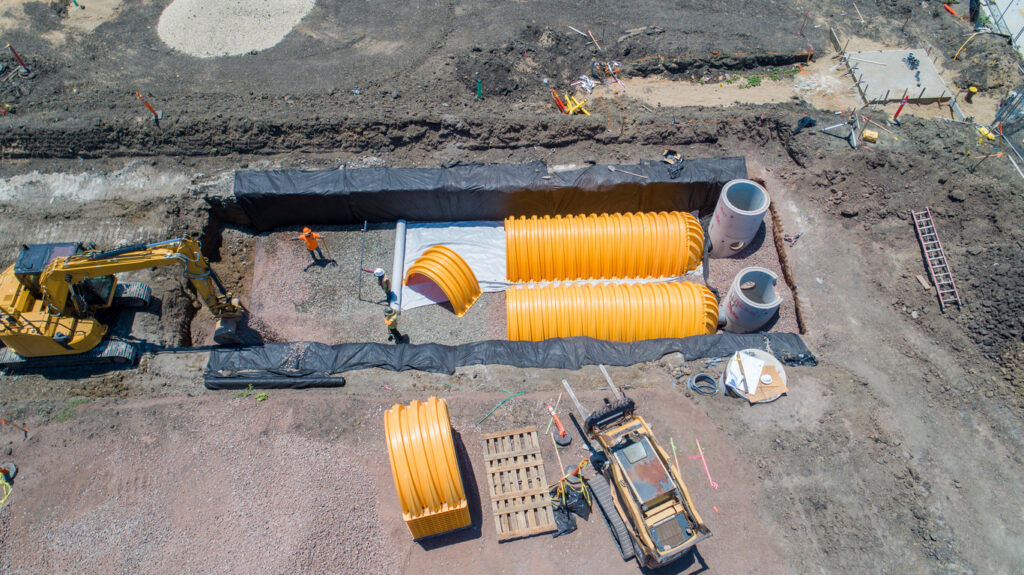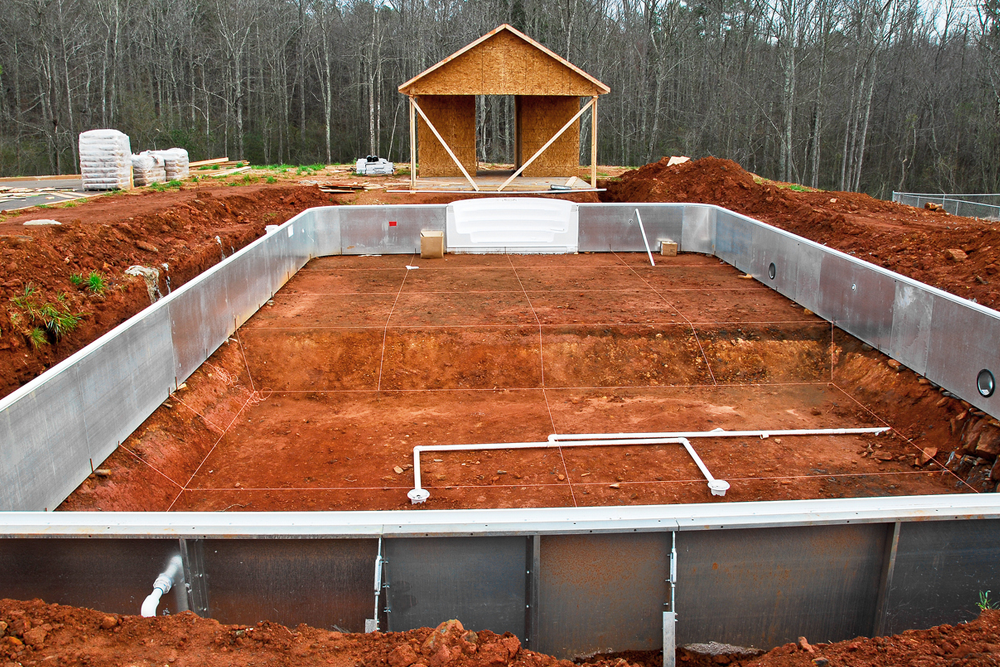Masonry Construction: 10 Terms You Should Understand
When diving into the domain of construction, especially masonry, one can easily find themselves lost amidst a sea of technical jargon. Grasping essential masonry terms not only helps professionals communicate but also allows homeowners and enthusiasts to better understand the nuances of the work being done. This article aims to simplify the language of masonry by explaining some crucial terms that every individual should understand.
Ashlar
Ashlar refers to a finely dressed stone, typically having a squared or rectangular shape. Unlike rough-hewn stones, ashlar stones have smooth surfaces, allowing for tight-fitting and minimal mortar usage in construction. They offer a polished and refined look to structures. Learn More
Bond
In masonry, a bond is not just a connection between two entities; it is an arrangement of masonry units (like bricks or stones) that ensures the stability and strength of the resulting structure. The manner in which bricks or stones are laid to interlock with each other is crucial to the longevity and durability of the construction.
Mortar
Mortar acts as the adhesive in masonry construction. It is a workable paste made by mixing water, sand, and a binder like lime or cement. When it sets, it hardens and firmly holds the masonry units together, ensuring the stability of the structure. The right consistency and mix of mortar are pivotal for the structure’s durability.
Cavity Wall
This term refers to a wall that consists of two separate walls (usually called “skins”, “leaves”, or wythes) with a cavity or space between them. The cavity can be filled with insulation material, offering insulation and waterproofing benefits. Cavity walls help in preventing moisture penetration and offer thermal insulation (also called a double wythe wall).
Efflorescence
Efflorescence is a term used to describe the white powdery substance that sometimes appears on the surface of masonry structures. It occurs when soluble salts present in the masonry material or ground water are brought to the surface by water and then left behind as the water evaporates.
Tuckpointing
Tuckpointing involves extracting worn-out mortar from the spaces between masonry units and subsequently replacing it with new mortar. This vital maintenance step is crucial for upholding the durability and visual allure of brick or stone edifices.
Course
In the realm of masonry, a course does not refer to a path or direction. Instead, it denotes a horizontal layer of masonry units. Whether you are looking at a brick wall or stone façade, each horizontal row is termed a course.
Mason’s Hammer
Among the plethora of hand and power tools utilized in construction, the mason’s hammer holds significance in masonry. It has a dual-purpose head—one side is flat (for striking), while the other is chisel-like (for cutting)—making it an indispensable tool for masons.
Veneer
A veneer in masonry refers to a non-structural facing, which can be brick, stone, or any other masonry type. This facing is attached to a backing for aesthetic purposes. Masonry veneers give the appearance of solid masonry but are not load-bearing.
Wythe
A wythe is a continuous vertical section of a wall, one masonry unit in thickness. In a brick wall, for instance, a wythe would be the thickness of one brick plus the associated mortar.
The world of masonry is both vast and intricate, with its unique language reflecting the precision and artistry of the trade. By familiarizing oneself with these foundational masonry terms, one can better appreciate the intricacies of masonry construction, whether you are a homeowner seeking to understand your property better or an enthusiast keen on delving into the nuances of construction.

VP of Architectural Sales- VirginiaJeff Carlson
Latest News

6 Must-Have Concrete Reinforcing Accessories
In construction, boosting and guaranteeing the strength and durability of concrete structures are always a plus. This is where concrete […]

Stormwater’s Buried Structural Plastic Problem
One of the most common solutions to stormwater challenges is big chambers or vaults to hold water. That is when […]

6 Concrete Finishing Tools You Will Need
Getting a smooth, polished, and professional finish on concrete surfaces requires the right set of concrete finishing tools. These tools […]

The Art Of Formwork: Exploring Essential Concrete Form Accessories
Formwork is the unsung hero of concrete construction. It provides the mold that shapes wet concrete into its desired form. […]
